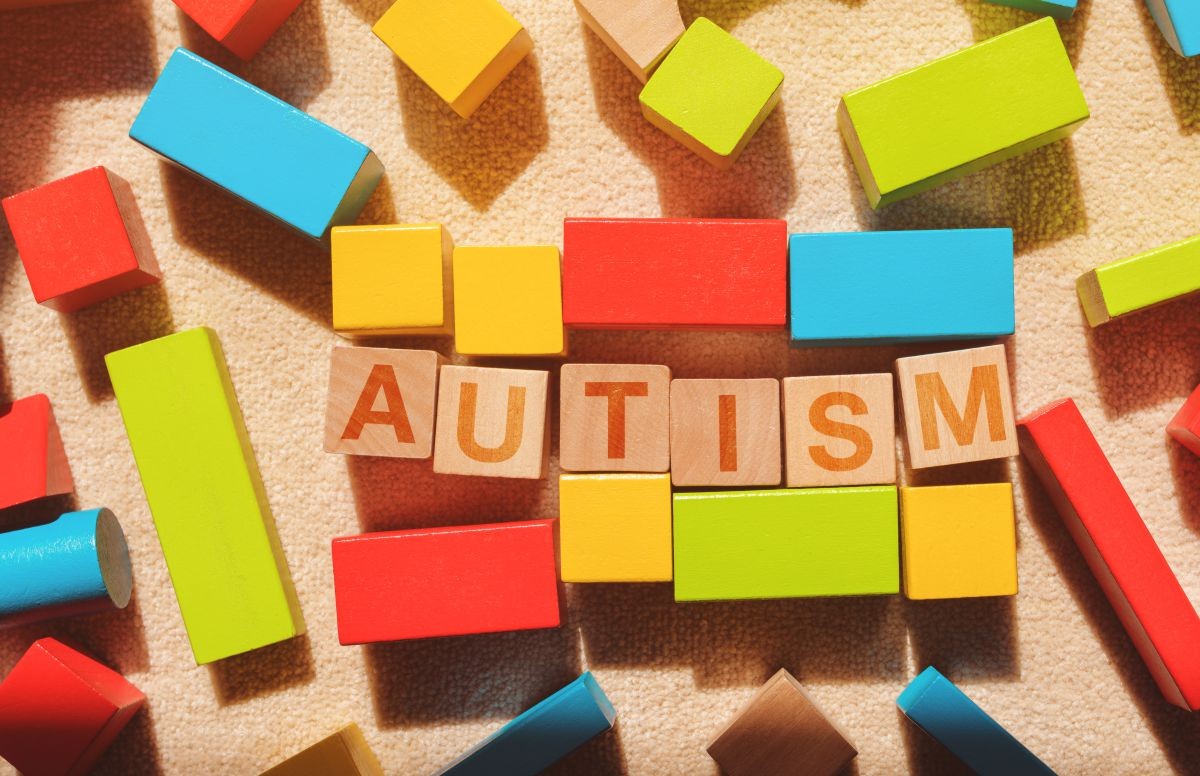Published - Thu, 19 May 2022

CHILDREN ARE DEVELOPING AUTISM NOW THAN BEFORE
Autism encompasses a wide
range of disorders affecting social skills, speech, movement, learning,
cognition, mood, and behavior. Autism rates are skyrocketing as a result of
increased awareness and screening.
Incidence Rate: 1 in 90,666
people in India, or 11,914 people. Autism incidence extrapolations for India:
11,914 cases per year, 250 cases per month, 57 cases per week, 8 cases per day,
and 1.4 cases per hour. Boys are four times more likely than girls to develop
autism spectrum disorder. Families with one child diagnosed with autism are
more likely to have another child diagnosed with the disorder. Although the
number of children diagnosed with autism has risen steadily in recent years,
this does not mean that more children are developing autism now than in the
past.
Autism, also known as autistic spectrum disorder (ASD), is a
developmental disorder that affects a person's ability to socialise. A person
with autism's brain does not process sounds, sights, or smells in the same way
that a normal person's brain does. People with autism frequently have
difficulty expressing their feelings. Poor speech, anger issues, and certain
repetitive behaviors are common in them (picking skin, twirling and neck movements).
Autism is diagnosed in children between the ages of two and three.
The most common symptom is missed milestones:
- Ignoring their name and the
tone of their mother
- Failure to direct the attention
of the parent to objects or oneself
- Inability to imitate basic
adult movements like cooing
- Inability to make eye contact
- A lack of enthusiasm for social
games
- Prefer to play alone
- Be preoccupied with specific
toys, parts of objects, or characters •
- Be irritated by changes in
routine.
- A lack of smiles
- Use repetitive language and
repeat things out of context
- No babbling
- Regression of speech, babbling,
or social skills at any age.
- Hypersensitivity to lights,
sounds, smells, textures, and tastes
Speech and Language Therapy is the most common developmental therapy for
people with ASD. Speech and Language Therapy aids in the understanding and
application of speech and language. There is currently no treatment available
for autism. Depression, seizures, insomnia, and impulsiveness are all symptoms
that some medicines can help with.
What
can you do to keep your child from developing autism?
•
Maintain good health (Regularly visit your
doctor, eat well-balanced meals, and exercise).
•
Do not use drugs while pregnant (Before
taking any medication, consult your doctor).
•
Don't drink alcohol.
•
Seek medical help for any existing health
problems.
•
Vaccinate yourself.
Created by
Comments (0)
Search
Popular categories
Latest blogs

All you need to know about Syphilis
Tue, 15 Nov 2022

What is Pemphigus Vulgaris?
Tue, 15 Nov 2022

Know about Scorpion Stings
Sat, 12 Nov 2022

Write a public review